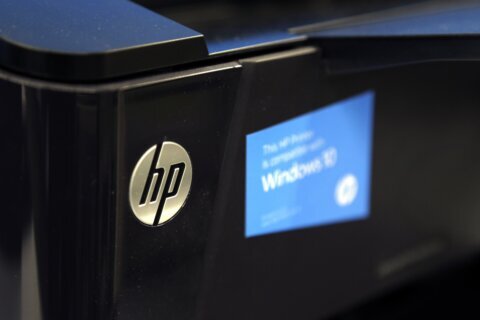Q: Is it possible to get a decent picture using my smartphone for astrophotography?
A: While serious astrophotography requires a pile of expensive DSLR camera equipment, you can actually get decent images from your smartphone with a little work.
A couple of keys to capturing the night sky are focusing and keeping the phone still, as the shutter will need to be open for an extended period of time.
Get to know your camera settings
The only way to approach this type of photography is to learn how to use the manual settings on your smartphone’s camera app.
You’ll want to learn how to set the focus to infinity, increase the sensitivity to light (ISO), extend the exposure time and set a delay timer to take the shot.
If there’s a RAW option, you’ll want to turn it on so you have more to work with after you take the shot.
On some phones, such as newer Google Pixel smartphones, there may be an astrophotography setting already built into the camera app, usually in the low lighting or night sight mode.
Learning what your smartphone’s camera app can and can’t do will determine whether you’ll need to download a special app to capture the night sky.
Keep the camera still
A tripod is a critical accessory for capturing the stars, since any movement of the camera will ruin the shot.
You’ll also want to start the shot with an external trigger such as wired headphones, or use the delay timer to ensure the camera is perfectly still when it takes the shot.
Low light camera apps
If your smartphone’s built-in camera app lacks the features or settings to get a decent shot, there are a host of specialized apps you can download to improve your chances.
The NightCap Camera app for iPhone is a $3 app that provides manual controls along with dedicated astronomy modes for all types of low-light photography.
The ProCam X app for Android is a $5 app that will provide a plethora of manual controls if your stock camera app is lacking.
Photo editors
Although your picture may appear to be nothing but a black square on your phone’s screen, the stars you’re looking for can often be teased out with an editing app.
The best way to edit the images would be with an image-editing program on a computer, since the screen is larger and the controls tend to be more refined.
Playing with the zoom and the various exposure and highlight levels on mobile editing apps such as Snapseed or Adobe Lightroom should allow you to bring out the celestial features right on your phone.
Composition
Instead of just pointing your camera straight up, try including items such as buildings, trees or a distant horizon to make your images more interesting, especially if you’re doing long exposure shots.
Longer exposure times can also lead to star trails, which you may or may not want — it’s another area to explore.
There is a lot of trial and error to get through if you really want to get incredible night-sky images, so make sure you’re willing to spend the time necessary to make it happen.







